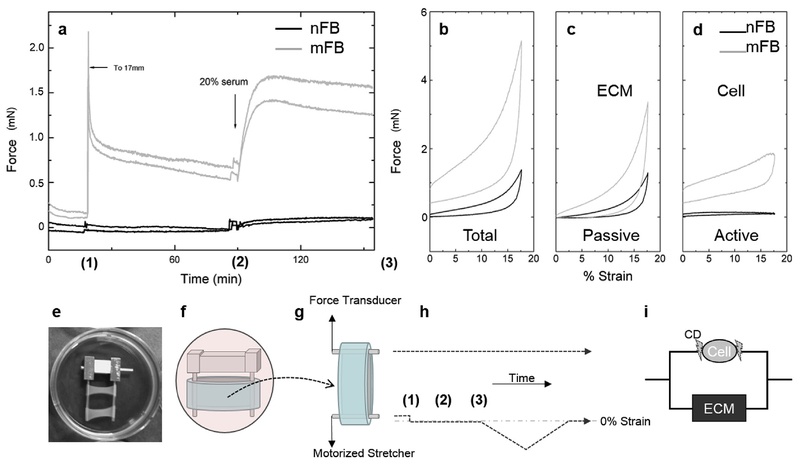Fig. 1. Mechanical Properties of Normal Fibroblasts (nFs) and Myofibroblasts (mFs).
(a) When mF constructs were stretched, they exerted a restoring force that relaxed over time to a level of that was higher than the original force level, as expected for a viscoelastic solid material. After the force had stabilized over an hour interval, the cells in this construct responded to 20% serum by exerting a substantial contractile force (time course traces of duplicated constructs). The tissue constructs that contain the nFs showed minimal stretch-induced resistance force and contractile response to 20% serum. Panels b-d. Loading/unloading curves for tissue constructs with nFs (black) and mFs (grey). Construct rings were stretched 3 mm over 7.5 min at a constant rate and unloaded at the same rate (Wakatsuki et al., 2000). (b) Untreated constructs. (c) Cytochalasin D-treated constructs. Without actin filaments the mechanical contributions of the cells are effectively removed from the construct. (d) Subtracting the curves in (c) from those in (b) illustrates the mechanical properties of the cells. The mFs have a much larger viscoelastic response than do the nFs. (b, c, and d show one of duplicated constructs) (e) Typical duplicated constructs in culture. A construct cultured with scaffold bars (f) is transferred to a mechanical measurement apparatus (g) which consists of a force transducer and motorized stretcher expanding the construct submerged in an organ bath (37° C and 25 mM HEPES buffed culture medium). (h) A time course of experimental steps shows (1) stretch from relaxed to 0% strain level (2) serum addition (3) stretching and recovering with a constant strain rate. (i) A schematic shows an effect of CD disconnect cells from ECM.

